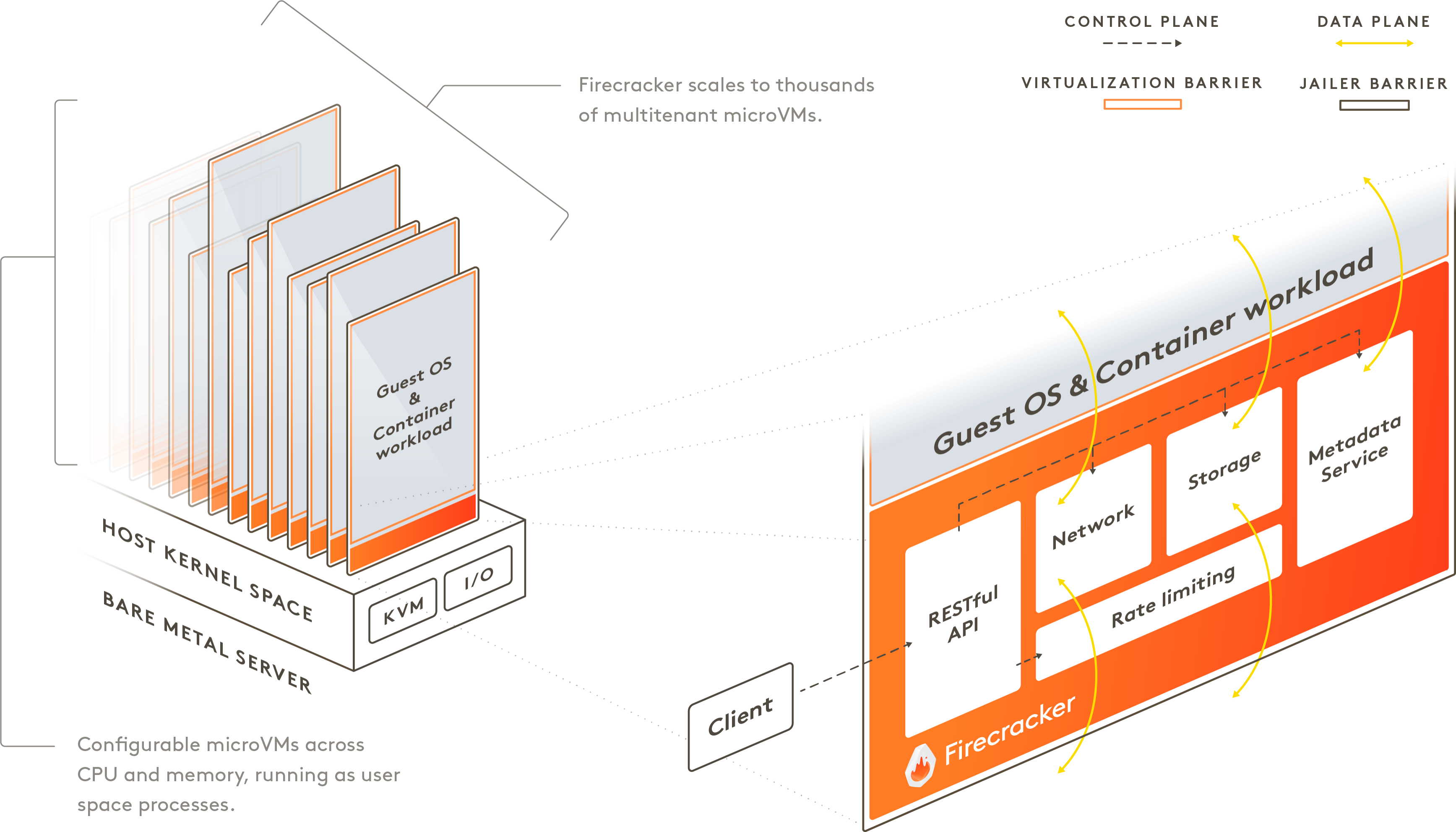Fly.io takes your Docker containers and runs them all over the world instead of making everyone hit some single server in Virginia like a caveman. They've got 35+ regions from Frankfurt to Sydney to wherever else you need, so your users don't have to deal with 300ms ping times because you cheaped out on infrastructure.


Uses the same Firecracker tech as Lambda but actually boots fast instead of making you wait 30 seconds for AWS to get its act together. Each "Fly Machine" is a dedicated microVM with actual guaranteed resources, not some shared container that dies when someone else's cryptocurrency trading bot starts hammering the CPU.

The Three Main Pieces
Fly Machines: Your containers run on these VMs. They start fast and scale from zero when traffic hits. The CLI doesn't make you want to throw your laptop, which is shocking after AWS trained us to expect every command-line tool to be complete shit.

Fly Proxy: Routes requests to the closest instance of your app. Works well until their infrastructure has a stroke and suddenly your traffic gets routed through the wrong continent.
WireGuard Mesh: All your apps talk to each other through an encrypted private network. No VPN bullshit to configure, which saves you from AWS VPC hell.

Companies like Supabase and Tailscale use it for production stuff, but the platform had some serious growing pains in 2023 when they got flooded with Heroku refugees after the free tier shutdown. Their CEO literally posted "reliability: it's not great" which was refreshingly honest but terrifying for production workloads.
Latest Drama (January 2025): Fly rolled out new CPU quota enforcement that throttles shared CPUs to 1/16th of a core, breaking deploys for Django, Rails, and Node.js apps that were working fine before. Users reported 8-minute deploy times instead of 30 seconds, with zero email notification about the breaking change. Classic Fly communication.
What Makes It Different
Global by Default: Your app just runs everywhere without you having to architect for multi-region deployment hell. No load balancers to configure or Route 53 DNS gymnastics to manage.
Persistent Storage Everywhere: Unlike pure serverless platforms, you can have actual disk storage that follows your app around. Useful for databases that don't fit in memory or when you need SQLite with your app.

Managed Postgres: They'll run PostgreSQL 17 for you with automatic backups and replication. Beats setting up your own Postgres clustering, though you're trusting a platform that's newer than your favorite pair of jeans with your production data.
The catch? There's no real free tier anymore - they just waive bills under $5/month since October 2024. Your hobby project might stay under $5 if you're careful, but don't expect to run anything with actual users without paying.

